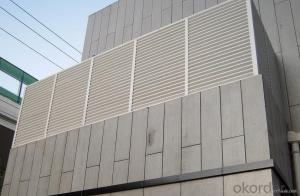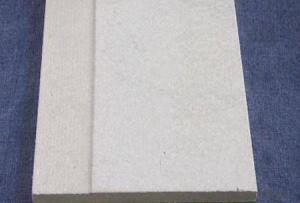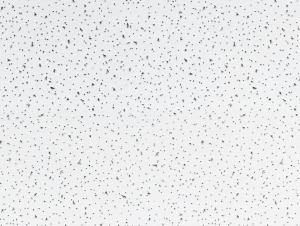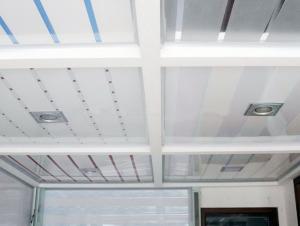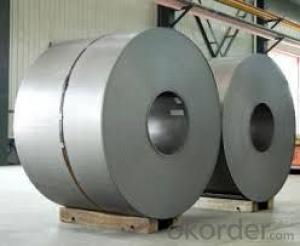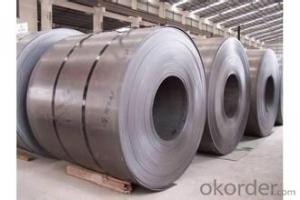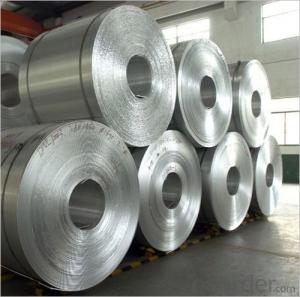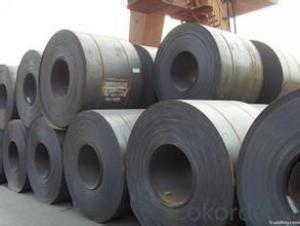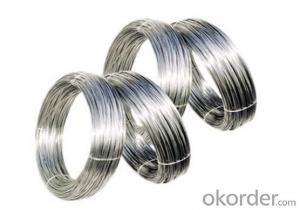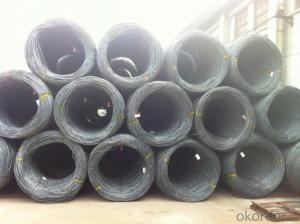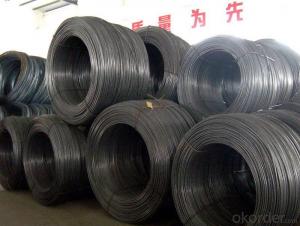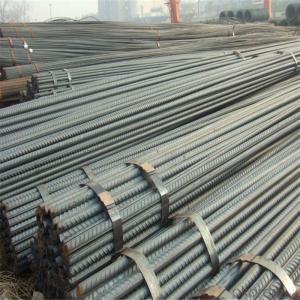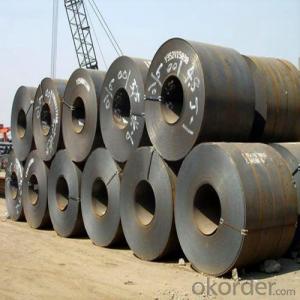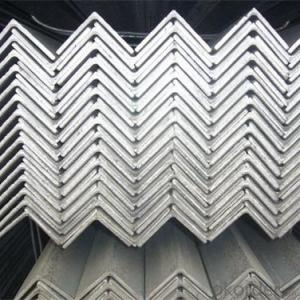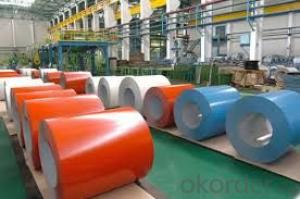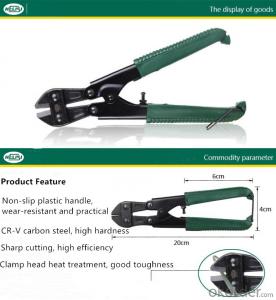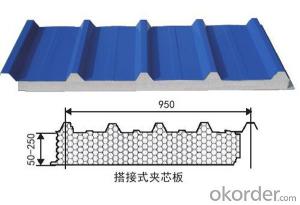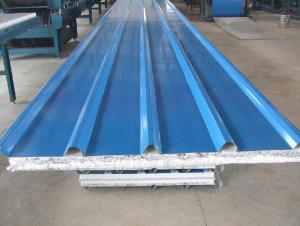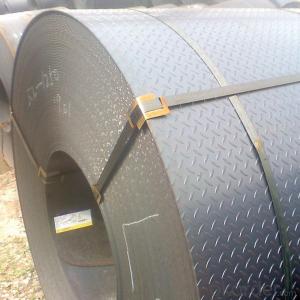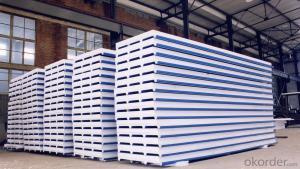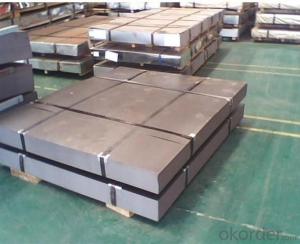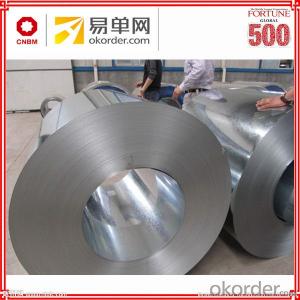Sae 1006 Hot Rolled Coil
Sae 1006 Hot Rolled Coil Related Searches
Hot Water Bags For Pain Relief Micro Inverter For Solar Panel Stainless Steel Bucket With Lid Hot Water Bottle With Hose Solar Panel With Ac Inverter Solar Panel With Inverter Kit Solar Panel Kits With Inverter Inverter With Solar Panel Aluminum Sheet With Holes Cover Ham With Aluminum FoilHot Searches
Steel Mesh Panels For Sale Stainless Steel Tank For Sale Stainless Steel Sheets For Sale Cheap High Tea Sets For Sale Stainless Steel Tanks For Sale Stainless Steel For Sale High Density Fiberboard For Sale Solar Hot Water Collectors For Sale Scaffolding For Sale In Uae Scaffolding For Sale In Ireland Scaffolding For Sale In Houston Price Of Shipping Containers For Sale Used Solar Inverter For Sale Portable Led Signs For Sale Stone Hot Water Bottles For Sale Aluminum Coil Stock For Sale Large Led Screens For Sale Aluminum Gutter Coil For Sale Used Aluminum Scaffolding For Sale 1/4 Aluminum Plate For SaleSae 1006 Hot Rolled Coil Supplier & Manufacturer from China
Okorder.com is a professional Sae 1006 Hot Rolled Coil supplier & manufacturer, offers integrated one-stop services including real-time quoting and online cargo tracking. We are funded by CNBM Group, a Fortune 500 enterprise and the largest Sae 1006 Hot Rolled Coil firm in China.Hot Products
FAQ
- The process of stamping designs on steel sheets involves creating a custom-made metal stamping die, which is used to press the desired design onto the surface of the steel sheet. The die is typically made of hardened steel and is shaped according to the specific design requirements. The steel sheet is then placed onto a press machine, where the die is mounted. As the press machine applies pressure, the die is forced into the steel sheet, leaving a permanent impression of the design. This process is commonly used in industries such as automotive, aerospace, and manufacturing for various applications including branding, identification, and decorative purposes.
- Several factors and tests determine the quality of steel sheets. The chemical composition of the steel is a primary factor, including the presence and percentage of elements such as carbon, manganese, silicon, and alloying elements like chromium, nickel, and molybdenum. The specific composition impacts the steel's strength, durability, and resistance to corrosion. The mechanical properties of the steel are also important, assessed through tests like tensile strength, yield strength, elongation, hardness, and impact resistance. These tests determine the steel's ability to withstand forces and deformation without failure. Surface quality plays a crucial role as well. The surface must be defect-free, without cracks, scratches, pits, or any irregularities that could affect performance or appearance. Thickness and uniformity are crucial factors too. Thickness is measured using methods like ultrasonic gauges or micrometers to ensure compliance with specifications. Deviations from the required thickness can impact structural integrity and performance. Weldability, formability, and machinability are also tested, determining suitability for specific applications. These tests evaluate the steel's behavior during fabrication processes like welding, bending, or machining. Overall, the quality of steel sheets is determined through a comprehensive evaluation of their chemical composition, mechanical properties, surface quality, thickness, and other performance characteristics. These assessments ensure compliance with standards and suitability for intended applications.
- There are several grades of steel sheets available, each with its own unique properties and uses. Some of the commonly used grades include: 1. Carbon Steel: This is the most common and widely used grade of steel sheet. It contains varying amounts of carbon and is known for its strength and durability. Carbon steel sheets are used in a wide range of applications, including construction, automotive, and manufacturing. 2. Stainless Steel: This grade of steel sheet contains high levels of chromium, which provides excellent corrosion resistance. Stainless steel sheets are commonly used in industries such as food processing, chemical, and medical, where resistance to corrosion is crucial. 3. Galvanized Steel: This type of steel sheet is coated with a layer of zinc to protect it from corrosion. Galvanized steel sheets are often used in outdoor applications, such as roofing, fences, and gutters, where exposure to moisture and the elements is common. 4. Alloy Steel: This grade of steel sheet is made by adding other elements, such as manganese, nickel, or chromium, to improve its mechanical properties. Alloy steel sheets are commonly used in applications that require high strength, such as construction equipment, aircraft parts, and machinery. 5. Tool Steel: This grade of steel sheet is designed to have high hardness and wear resistance, making it suitable for use in tools and dies. Tool steel sheets are commonly used in industries such as automotive, aerospace, and manufacturing. It's important to note that these are just some of the grades of steel sheets available, and there are many more specialized grades tailored for specific applications. The choice of grade depends on factors such as the required strength, corrosion resistance, and specific application requirements.
- The lifespan of steel sheets can exceed that of other materials, lasting for many years. Several factors influence the longevity of steel sheets, including the quality of the steel, the conditions it encounters, and the level of maintenance it receives. Typically, steel sheets of superior quality that are correctly installed and well-maintained can endure for several decades, or even longer. Nevertheless, if steel sheets are exposed to severe environments, such as extreme temperatures, humidity, or corrosive substances, their lifespan may diminish. To prolong the lifespan of steel sheets and guarantee their durability, regular inspections, cleaning, and maintenance are essential.
- Steel sheets have a relatively low coefficient of thermal expansion, meaning they expand and contract minimally when exposed to temperature changes. This property makes them suitable for various applications where dimensional stability is crucial, as they are less likely to warp or deform due to thermal expansion.
- Yes, steel sheets can be used in the defense industry. Steel is a versatile and strong material that can be used for various applications such as armor plating, vehicle manufacturing, and construction of military infrastructure. Its durability and resistance to impact make it suitable for protecting military equipment and personnel, making it an essential component in the defense industry.
- What material can be used for A36 steel plate?
- The A36 plate is used instead of the standard Q345 American Standard.
- Yes, steel sheets can be suitable for noise barriers or soundproofing. Steel is a dense material that effectively blocks sound waves, making it an effective choice for reducing noise transmission. Additionally, steel sheets can be easily installed and offer durability, making them a practical option for noise control applications.
